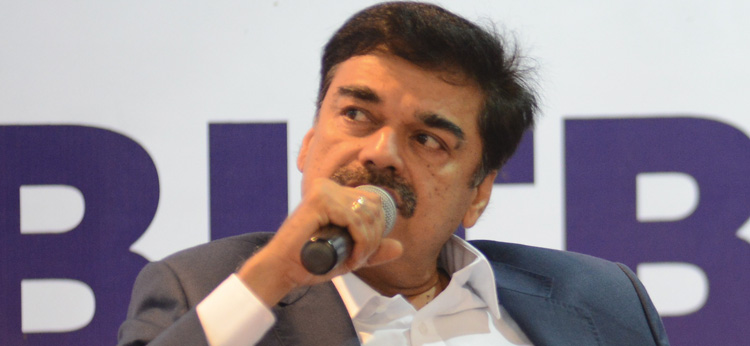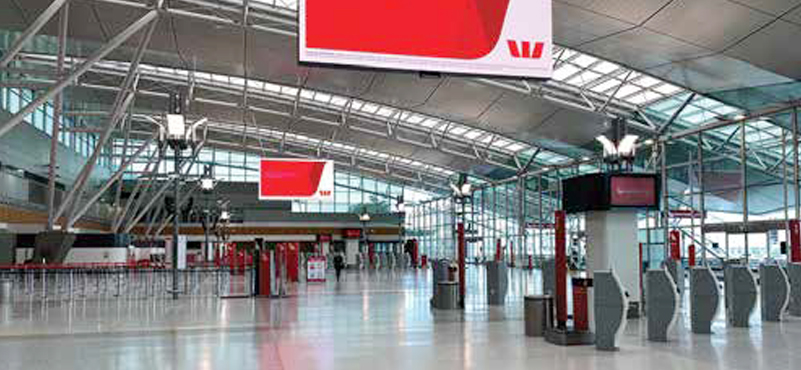Taking its already laid strategy of augmenting its long and ultra long-haul routes, Air India was going to continue to ramp up its key international connections, said Pankaj Shrivastav.
 If you have to look at the next two years for Air India on the international front, how do you plan to break the medium-haul and long-haul? Which gateways are your priorities, and why?
If you have to look at the next two years for Air India on the international front, how do you plan to break the medium-haul and long-haul? Which gateways are your priorities, and why?
Taking it further from where our CMD left, on the international expansion, I see Air India poised to grow substantially on the international side. We have added as many as nine international sectors in the last couple of years. And as he mentioned, the next one is commencing from the first of December; that is the immediate one for now. But there are plans to grow substantially in the Europe market, and that has largely got to do with the fact that the we have a Dreamliner fleet with us – which is ideally suited for about 8-10 hours of flying. We have 9 destinations covered today in Europe with Dreamliners. We look to connect at least two more European destinations in the next year and a half.
Secondly, about the ultra-long haul, we are going to get about three 300-ERs, which would give the ability to connect some more ultra-long haul destinations in North America. These three aircrafts would be coming sometime in 2017, but I think we will not be able to wait that long. We intend to connect at least one USA city, likely to be Washington by March of 2017. We are going to have the Canadian market covered with a flight from Amritsar on a Dreamliner via Birmingham. These are being planned by the June of 2017.
KK: The destinations that you choose, if you look at the Eastern side, Europe or Canada, is it linked to some Star Alliance? Do you from a network development perspective keep in mind? When you go to Singapore, Vienna and Toronto, is the Star Alliance partnership a critical driver that you will bale to get some support and move people around?
Star Alliance today has 28 partners and whichever market you operate to, Star Alliance would have a substantial presence there. Being a Star Alliance member, you would find some sort of connectivity available with whatever destination you are flying to. The last sector we introduced was Vienna; it has 7-8 Star carriers operating out of there. Likewise, in Madrid. So, because of the vast network, we will find their presence in whatever cities we plan to operate to. But yes, going to the hub airport of a Star carrier is absolutely necessary for us.
We have started the San Francisco flight, which would not have been as successful as it is today; we are increasing the frequency from three to six. It is largely because of the tremendous help we got from United. They have, in fact, given us some excellent SPAs to cover most of the Californian and western cities of USA.
Toronto again, as and when we go there, Air Canada’s hub is Toronto. We hope that we will similar kind of benefits from Toronto.
You talked about Vienna. I was very sceptical at the launch, especially after what happened to Lufthansa operating in Austria? What has been your experience of operating out of Austria? What is happening now with the Vienna market?
The operations came all of a sudden, where in a matter of 45 days we had to not only decide whether we would go to Vienna or not, but also put possible contracts and agreements in place. We figured that Austria and Vienna actually acts as the gateway to the eastern and central Europe – which largely remains unexplored by the Indian outbound. So, we took a risky decision. From the first day of operation till now, we are operating at loads in excess of 90%, on a bidirectional basis.




































